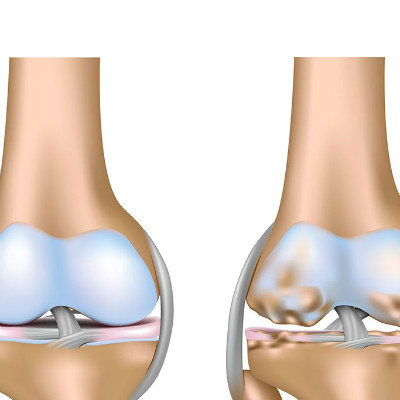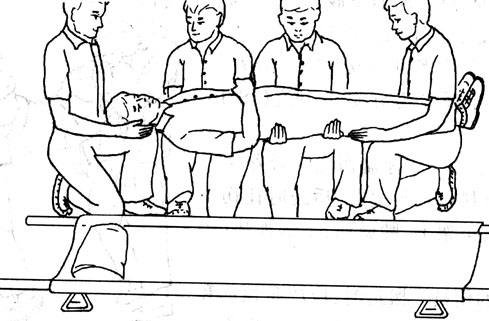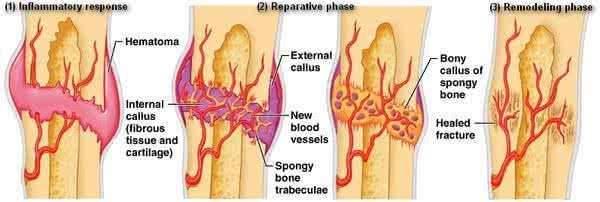How is tibial pseudarthrosis diagnosed?
summary
Tibial pseudarthrosis is a congenital disease. There is a defect in the tibia after birth. For the time being, it has no more effective preventive measures. Because of the deformity caused by abnormal development, the pseudarthrosis is formed. The lower tibial segment of the baby is bent forward, but there is no pseudarthrosis. After fracture, it is difficult to heal, so it will also lead to the formation of pseudarthrosis. The diagnosis of pseudarthrosis is not particularly difficult, and it should be differentiated from other diseases. Such as rickets, brittle bone disease, bone nonunion and so on.
How is tibial pseudarthrosis diagnosed?
The defect of middle and lower tibia was found after birth. There are hard fibrous tissue or cartilage connections in the pseudarthrosis, the bone ends become thinner and atrophied with the growth and development, and the distal end is more obvious in the shape of a pen point, and the cortex is thin. Sometimes the surrounding soft tissues also atrophy, including gastrocnemius. If the fibula is involved, the same changes will occur. Check the imaging, CT, B ultrasound, check the blood routine, ESR, hemogram, etc.

Nonunion of fracture: malunion can occur in children with traumatic tibial fracture, and nonunion of fracture is extremely rare. Even if nonunion occurs, there will be a large number of callus forming brittle bone disease in the fracture area: the disease is a systemic disease with a history of multiple fractures. In addition, the disease also has special symptoms, such as scleral blueness, hearing impairment, early appearance of secondary sexual characteristics and family genetic history.

Rickets: the long tubular bones of the limbs are changed, and the genu varus deformity of the lower limbs caused by weight-bearing is mostly bilateral. X-ray showed that the metaphysis was widened, the epiphyseal line was widened, and there were typical cup-shaped changes. Rickets can be cured and left with tibial varus deformity. X-ray showed that the diaphysis became thicker and the medial tibial cortex thickened. However, there was no obvious bone sclerosis and the medullary cavity was unobstructed.

matters needing attention
Tibial pseudarthrosis because it is a congenital disease, so he has no more effective prevention method, to timely diagnosis, timely treatment, but the treatment method also varies from person to person, for infants and young children to conservative treatment, do not easily osteotomy correction, radical operation will make the consequences more serious.










